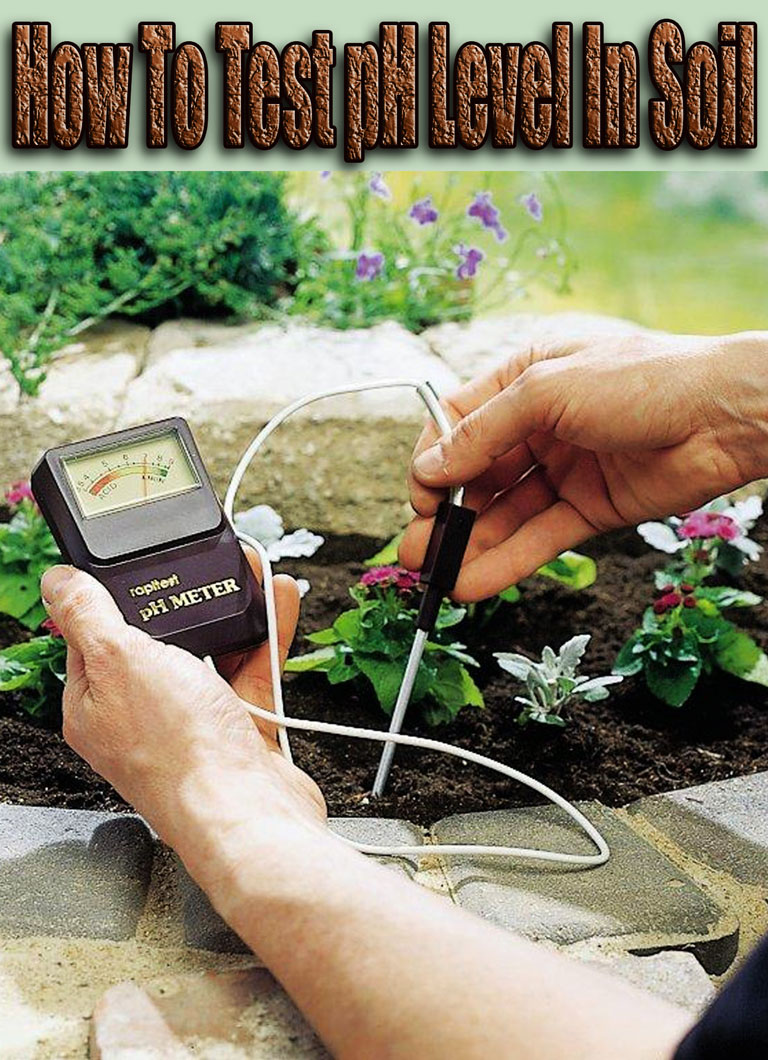
Why to test pH Level in soil anyway?
A test is done when you want to know whether your soil is acidic, neutral or alkaline. Why does it matter? Most plants need a fairly neutral soil so they can retrieve all the nutrients from it that they require, but some are more fussy and may want it more acidic or alkaline.
By testing, you can determine if a garden location will be ideal for a new plant or if it should be amended first (to adjust the pH level in soil as needed).
Many plants thrive in neutral (a pH reading of approximately 6.5 to 7.5) but there are some that require more acidic (below 7) or alkaline (above 7). The scale is from 0 (most acidic) to 14 (most alkaline).
For Accurate Results: Use clean tools and remove any debris from the garden surface then dig down about four inches to retrieve a sample. For potted plants, a couple of inches below the surface is fine.
Three Ways You Can Do It:
- Use a meter, probe or kit: These vary in price and quality but one that’s around the $10 or $20 range is likely sufficient for the average gardener’s needs.
- Quick & dirty DIY test: Not very specific but can give you an idea of what you’re working with and the supplies needed are likely in your pantry already.
- Send out samples: This can be done free or at low cost using local government or horticultural facilities (universities, greenhouses, etc.).
Kits, Probes & Meters:
There are a few different types you can buy and the kits will come with instructions for using their particular product. Generally a test kit is used by pouring a bit of dirt in the supplied tube or container, add the provided tablet or powder, fill container with water and shake until powder or tablet is dissolved. After a few minutes the test will display a color that you will compare against the kit’s color chart to see the result.
Another option is a meter or probe that is either inserted directly into the ground or in a water & dirt slurry mix, these can provide near instant readings and display either a color code or number to indicate the content.
Quick & Dirty Method:
This won’t give you a specific reading, but it can give you an idea whether or not it’s acidic or alkaline.
- Vinegar: Take a sample of dry dirt (about 1/4 cup), mix with distilled water to make a liquid “mud” and then start pouring household vinegar over top. If the mixture fizzes, it’s alkaline.
- Baking soda: Mix dry dirt and distilled water as above then start sprinkling baking soda over top. If the mixture bubbles, it’s acidic.
If neither test produces a reaction, you have fairly neutral soil.
Do you remember way back in the day when grandpa would grab a handful of dirt on the farm and smell or taste it? It was the oldtimer’s method of determining the pH Level in soil …if it tasted or smelled sour, it was acidic and he knew then that it was time to add lime to increase the pH. Tasted or smelled sweet? That told him it was more alkaline.
Send Out Samples:
If it’s imperative that you know precisely what you’re dealing with, your best bet is to check with your local government agricultural office or university’s horticultural department, they’ll do the analysis or advise you where local gardeners can get their samples tested.
Quick Tips For Amending:
- For more acidity (sourness), try adding sulfur, pine needles, cottonseed meal to lower pH.
- For more alkaline (sweetness), try adding lime or wood ash to increase pH.

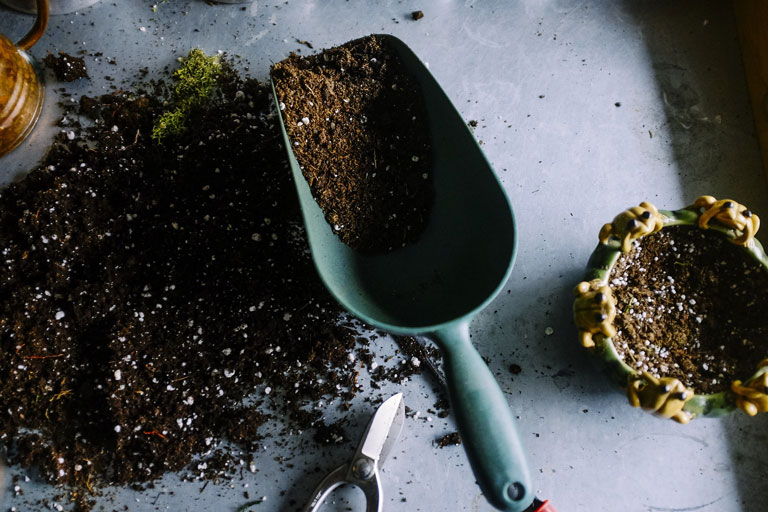
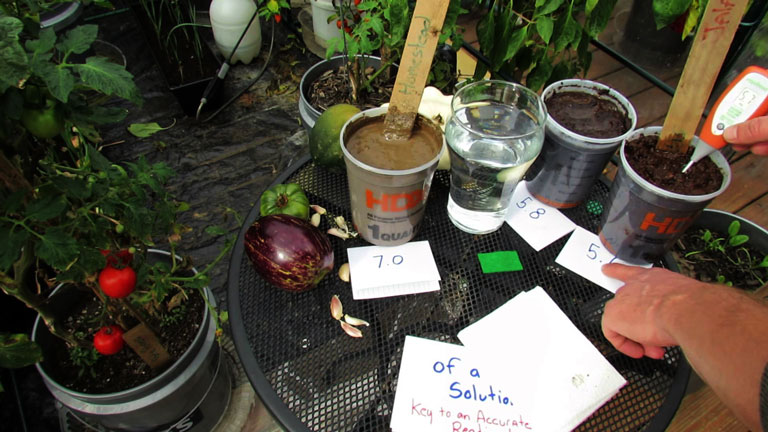

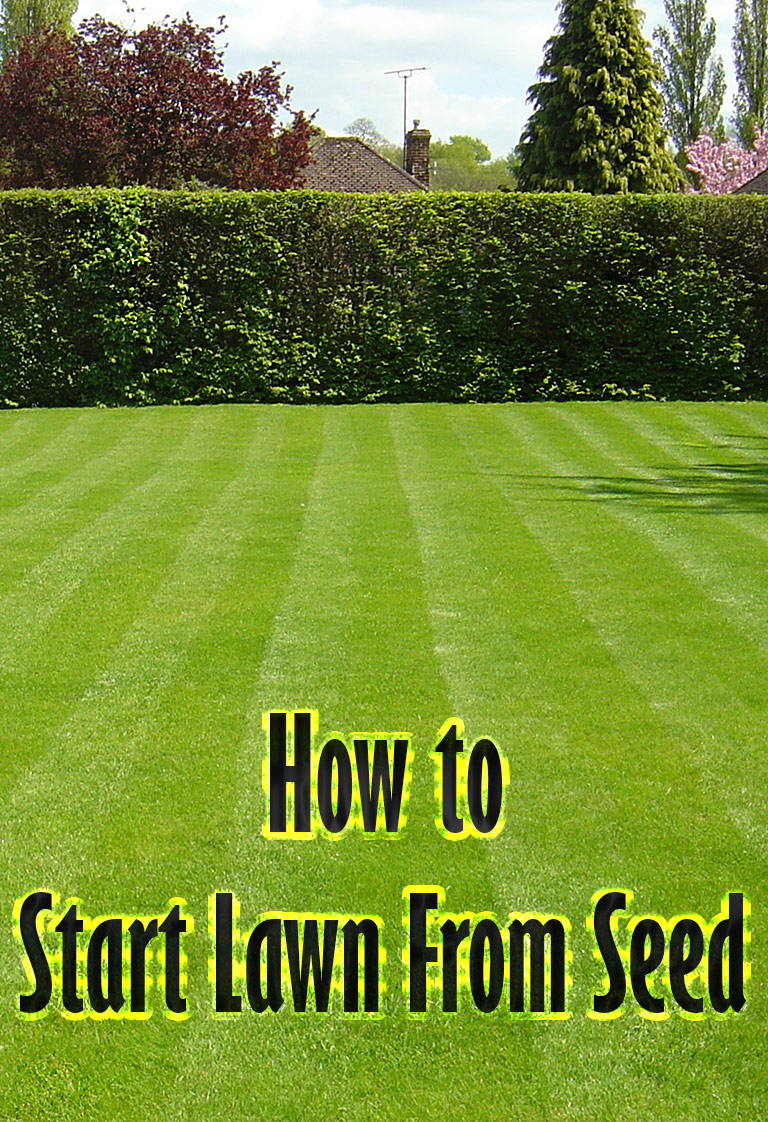
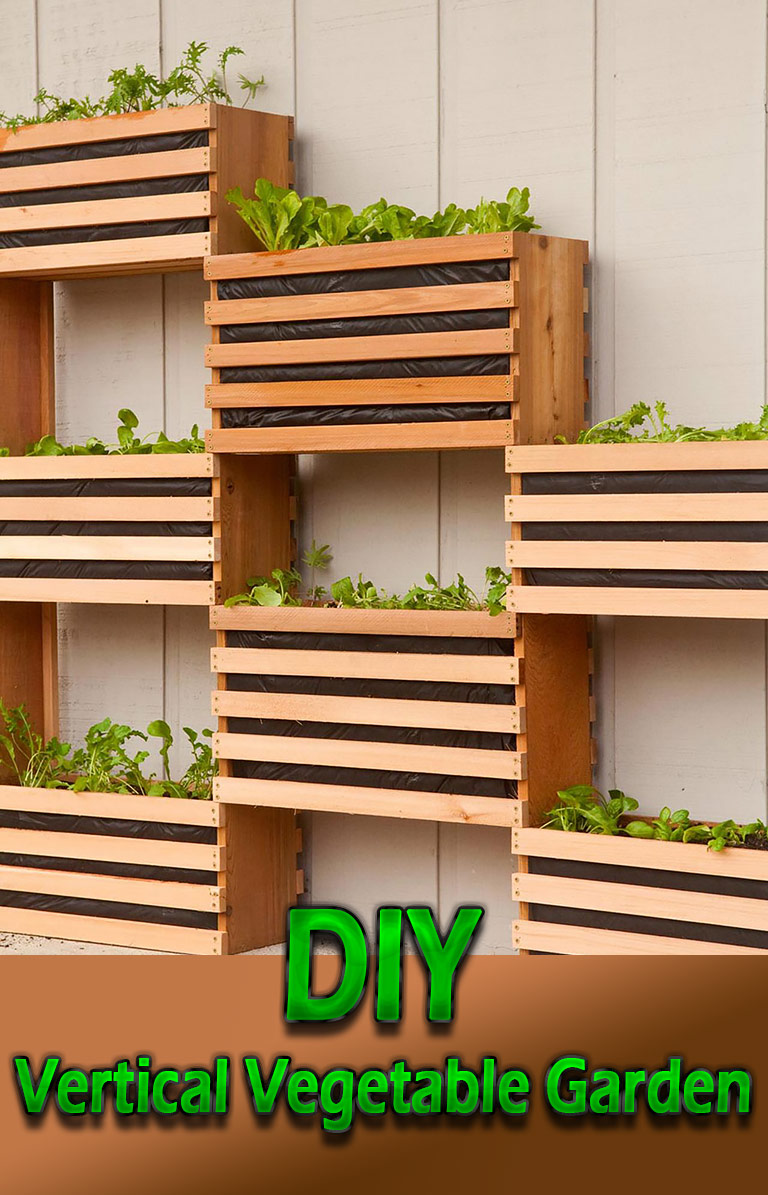

Leave a Reply